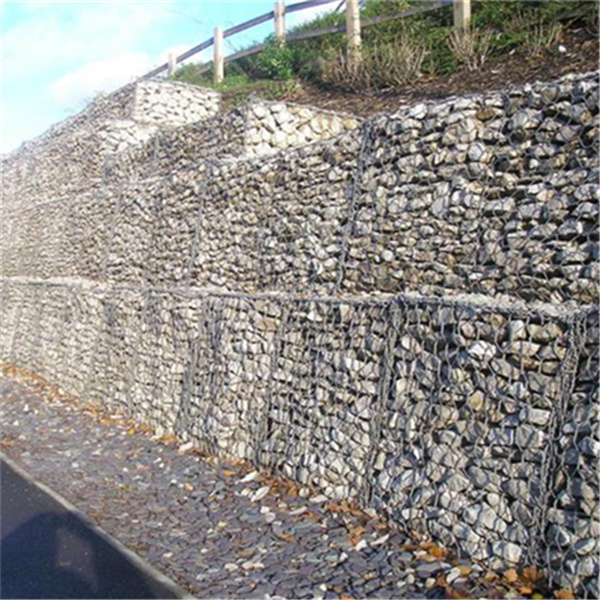Nov . 25, 2024 07:06 Back to list
Factory Production of Gabion Structures for Riverbank Protection Solutions
The Role of Gabion Structures in River Bank Protection
In the ever-evolving field of civil engineering and environmental protection, gabion structures have gained significant traction as a viable solution for river bank protection. These structures, composed of wire mesh cages filled with rocks, stones, or other suitable materials, serve multiple purposes, including erosion control, habitat restoration, and aesthetic enhancement.
Understanding Gabions
Gabions are rectangular or cylindrical wire mesh containers filled with durable materials, typically rocks or concrete. Originally designed for military purposes, these structures have transitioned into the realm of civil engineering, particularly in environmental management. The flexibility and modular nature of gabions make them suitable for various applications, especially in river bank protection.
Erosion Control
River banks are susceptible to erosion due to flowing water, heavy rain, and human activities. The application of gabions helps stabilize these banks by absorbing energy from flowing water and providing a physical barrier against soil loss. The weight and density of filled gabions create a robust defense system that reduces the velocity of water, thereby minimizing its erosive power.
Gabions also encourage the establishment of vegetation along river banks
. The voids within the structure allow soil to settle and retain moisture, creating an ideal environment for plant roots. Vegetation further reinforces the bank by binding the soil, reducing erosion, and enhancing the ecological integrity of the river habitat.Habitat Restoration
gabion river bank protection factory

In addition to erosion control, gabion structures play a crucial role in habitat restoration. They can be designed to create diverse microhabitats for aquatic and terrestrial species. The interstitial spaces within the gabions provide shelter for small fish and invertebrates, fostering biodiversity within the river ecosystem.
Moreover, by promoting natural vegetation growth along the banks, gabions enhance the habitat for various wildlife, including birds, amphibians, and other animals that rely on riverine ecosystems. This aspect of gabion structures aligns with ecological engineering principles, aiming to create sustainable environments that benefit both humans and wildlife.
Aesthetic Enhancement
Beyond their functional benefits, gabion structures contribute to the aesthetic appeal of riverbanks. With creative design and the careful selection of fill materials, gabions can blend seamlessly into the natural landscape. They can be combined with other features, such as walkways or viewing platforms, creating recreational spaces for communities to enjoy while simultaneously protecting the river environment.
Furthermore, the use of locally sourced stones and materials in gabion construction can enhance the visual integrity of an area, promoting a sense of place and connection to the local environment. This approach also reduces transportation emissions and supports local economies.
Conclusion
Gabion structures represent a practical and effective solution for river bank protection, addressing the complex challenges of erosion control, habitat restoration, and aesthetic enhancement. As communities face increasing environmental pressures, the adoption of innovative and sustainable engineering practices like gabions will be essential in preserving our waterways and the ecosystems they support.
In summary, the use of gabion structures in river bank protection encapsulates the essence of modern environmental engineering. It merges functionality with ecological integrity and aesthetic value, providing a holistic approach to managing our natural resources. As we continue to innovate in this field, gabions stand out as a symbol of resilience in the face of environmental challenges.
-
Visualizing Gabion 3D Integration in Urban Landscapes with Rendering
NewsJul.23,2025
-
The Design and Sustainability of Gabion Wire Mesh Panels
NewsJul.23,2025
-
The Acoustic Performance of Gabion Sound Barriers in Urban Environments
NewsJul.23,2025
-
Mastering the Installation of Galvanized Gabion Structures
NewsJul.23,2025
-
Gabion Boxes: Pioneering Sustainable Infrastructure Across the Globe
NewsJul.23,2025
-
Custom PVC Coated Gabion Boxes for Aesthetic Excellence
NewsJul.23,2025
-
Installation Tips for Gabion Wire Baskets in Erosion Control Projects
NewsJul.21,2025






